Home>Furniture & Design>Bathroom Accessories>How To Adjust Amount Of Water In Toilet Bowl
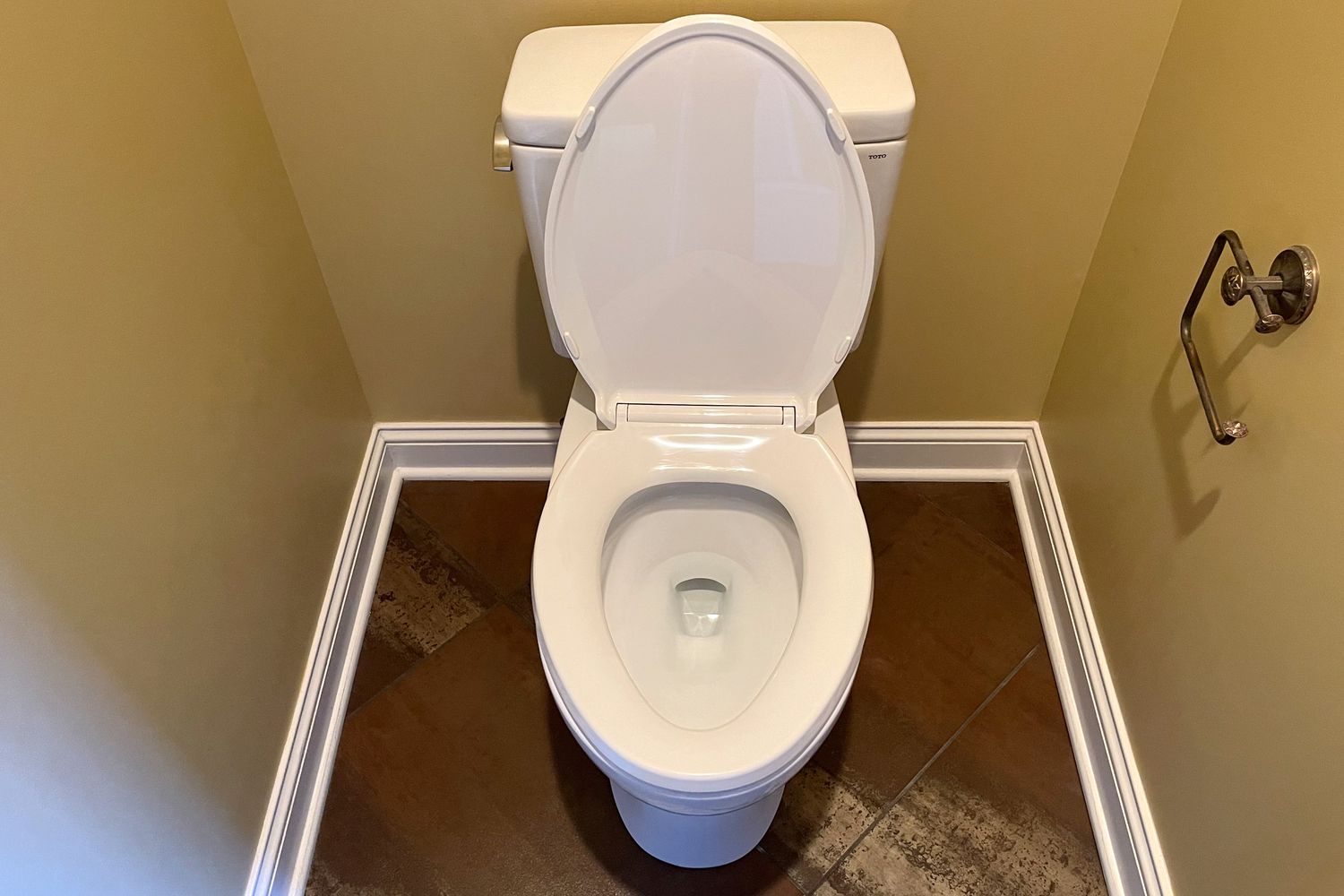

Bathroom Accessories
How To Adjust Amount Of Water In Toilet Bowl
Modified: October 20, 2024
Learn how to adjust the water level in your toilet bowl with our easy guide. Keep your bathroom accessories functioning perfectly.
(Many of the links in this article redirect to a specific reviewed product. Your purchase of these products through affiliate links helps to generate commission for Storables.com, at no extra cost. Learn more)
Introduction
Adjusting the water level in a toilet bowl is a crucial aspect of maintaining a properly functioning and efficient toilet. The water level in the toilet bowl directly impacts its performance, including the effectiveness of flushing and the prevention of potential issues such as clogs and overflows. Understanding how to adjust the water level empowers homeowners to address minor toilet problems without the need for professional assistance, saving time and money in the process.
When the water level in the toilet bowl is too low, it can result in incomplete flushing, leading to waste and residue remaining in the bowl. On the other hand, if the water level is too high, it may lead to frequent overflows and potential water wastage. Therefore, being able to adjust the water level to an optimal position ensures the efficient operation of the toilet while conserving water.
In this comprehensive guide, we will delve into the intricacies of adjusting the water level in a toilet bowl. By understanding the reasons for making these adjustments, the tools and materials required, and the step-by-step process, you will gain the knowledge and confidence to tackle this task effectively. Whether you are experiencing issues with your toilet's performance or simply seeking to optimize its efficiency, learning how to adjust the water level is a valuable skill for any homeowner.
By following the detailed instructions provided in this guide, you will be equipped to maintain the proper water level in your toilet bowl, promoting its optimal functionality and contributing to a more sustainable use of water in your household. Let's embark on this journey to explore the essential aspects of adjusting the water level in a toilet bowl, empowering you to take control of this fundamental element of your home's plumbing system.
Key Takeaways:
- Adjusting the water level in a toilet bowl is crucial for efficient flushing, preventing clogs, and conserving water. It empowers homeowners to maintain a well-functioning plumbing system and save money.
- By understanding the reasons for adjusting the water level, having the right tools, and following the step-by-step process, homeowners can confidently optimize their toilet’s water level, promoting efficient operation and sustainability.
Understanding the Water Level in the Toilet Bowl
The water level in a toilet bowl plays a pivotal role in its overall functionality. It is the level of water that is present in the toilet bowl when it is not in use. This level is carefully calibrated to ensure that the toilet operates efficiently and effectively during each flush. Understanding the significance of the water level in the toilet bowl is essential for maintaining a properly functioning plumbing system.
When the toilet is not in use, the water level in the bowl should typically rest at about half the height of the siphon jet, which is the opening located at the bottom of the toilet bowl. This specific water level is designed to create a seal that prevents sewer gases from entering the bathroom while also facilitating smooth and effective flushing.
The water level in the toilet bowl is directly connected to the water level in the toilet tank. When the toilet is flushed, water from the tank flows into the bowl, initiating the flushing process. The appropriate water level in the bowl ensures that this transfer of water occurs seamlessly, allowing for a complete and efficient flush.
In addition to facilitating proper flushing, the water level in the toilet bowl also serves as a visual indicator of any underlying issues. If the water level is consistently too low, it may indicate a potential problem with the fill valve or a blockage in the toilet's rim feed. Conversely, if the water level is consistently too high, it could signify an issue with the fill valve or an obstruction in the flush valve.
Understanding the water level in the toilet bowl empowers homeowners to identify and address potential problems before they escalate. By recognizing the optimal water level and its significance in the toilet's operation, individuals can proactively maintain their plumbing system, ensuring that the toilet functions effectively and efficiently.
By gaining a comprehensive understanding of the water level in the toilet bowl, homeowners can effectively troubleshoot issues, optimize flushing performance, and contribute to the overall functionality of their home's plumbing system. This knowledge forms the foundation for successfully adjusting the water level in the toilet bowl, a skill that can enhance the efficiency and sustainability of the household's water usage.
Reasons for Adjusting the Water Level
Adjusting the water level in a toilet bowl is essential for several reasons, each of which directly impacts the overall functionality and efficiency of the toilet. Understanding these reasons empowers homeowners to recognize when adjustments are necessary and take proactive measures to maintain optimal performance.
1. Flushing Efficiency:
The water level in the toilet bowl directly influences the effectiveness of flushing. If the water level is too low, it can result in incomplete flushing, leaving waste and residue behind. Conversely, if the water level is too high, it may lead to frequent overflows and potential water wastage. By adjusting the water level to the optimal position, homeowners can ensure that each flush effectively removes waste from the bowl, promoting cleanliness and hygiene.
2. Prevention of Clogs:
An improperly adjusted water level can contribute to clogs in the toilet. When the water level is too low, there may not be enough water to create the necessary force for a thorough flush, leading to potential blockages in the drain. On the other hand, an excessively high water level can increase the likelihood of clogs and overflows. Adjusting the water level to the appropriate height minimizes the risk of clogs, promoting uninterrupted and trouble-free operation of the toilet.
Read more: Toilet Bowl Fills With Water When Flushed
3. Water Conservation:
Optimizing the water level in the toilet bowl is crucial for conserving water. A consistently high water level can lead to unnecessary water usage, while a low water level may necessitate multiple flushes to achieve the desired result, also resulting in water wastage. By adjusting the water level to the recommended position, homeowners can contribute to water conservation efforts without compromising the toilet's performance.
4. Detection of Underlying Issues:
Monitoring and adjusting the water level in the toilet bowl can serve as an indicator of potential problems within the plumbing system. A consistently low or fluctuating water level may signal issues with the fill valve or blockages in the rim feed, while a consistently high water level could indicate problems with the fill valve or flush valve. By regularly adjusting the water level and observing any fluctuations, homeowners can identify and address underlying issues before they escalate, ensuring the long-term functionality of the toilet.
5. Overall Efficiency and Performance:
Maintaining the appropriate water level in the toilet bowl is essential for the overall efficiency and performance of the toilet. It ensures that the flushing mechanism operates as intended, minimizes the risk of clogs and overflows, and promotes water conservation. By adjusting the water level to the optimal position, homeowners can uphold the efficient and reliable operation of their toilet, contributing to a well-maintained plumbing system.
Understanding the reasons for adjusting the water level in the toilet bowl underscores its significance in maintaining a properly functioning and efficient plumbing system. By addressing these reasons through proactive adjustments, homeowners can optimize the performance of their toilet while promoting water conservation and sustainability.
Tools and Materials Needed
When adjusting the water level in a toilet bowl, having the appropriate tools and materials at hand is essential to ensure a smooth and effective process. Here are the tools and materials you will need:
Tools:
- Adjustable Wrench: This versatile tool is crucial for loosening and tightening various components of the toilet, such as the fill valve and the lock nut.
- Flathead Screwdriver: Used for adjusting the water level in toilets with a traditional ballcock fill valve or for removing the cap of newer fill valves.
- Bucket: Having a bucket on hand allows you to collect excess water from the toilet tank when making adjustments, minimizing potential mess and water wastage.
- Rags or Towels: These are useful for wiping up any spills or excess water that may occur during the adjustment process, helping to keep the work area clean and dry.
Materials:
- Replacement Parts (if necessary): Depending on the condition of your toilet's components, you may need to have replacement parts on hand, such as a new fill valve or flapper. It's advisable to inspect the existing components and have replacements ready in case they are worn or damaged.
- Marker or Tape: Using a marker or tape to mark the initial water level in the toilet bowl before making adjustments can provide a visual reference point, ensuring that you achieve the desired water level during the process.
- Gloves (optional): Wearing gloves can protect your hands from coming into contact with any residual grime or cleaning agents inside the toilet tank or bowl, maintaining hygiene during the adjustment process.
By ensuring that you have these tools and materials readily available, you can approach the task of adjusting the water level in the toilet bowl with confidence and preparedness. Having the necessary equipment at hand streamlines the process and allows you to address any potential issues promptly, promoting the efficient and effective operation of your toilet.
Steps to Adjust the Water Level
-
Turn Off the Water Supply: Begin by locating the shut-off valve, usually located behind the toilet near the floor. Turn the valve clockwise to shut off the water supply to the toilet. This crucial step prevents water from flowing into the tank and bowl during the adjustment process.
-
Remove the Tank Lid: Carefully lift the tank lid off and place it in a safe and secure location to avoid any accidental damage. Take a moment to familiarize yourself with the components inside the tank, including the fill valve and the flush valve.
-
Identify the Fill Valve: Locate the fill valve, which is typically positioned on the left side of the tank. This valve regulates the water level in the tank and, consequently, the water level in the bowl during flushing.
-
Adjust the Water Level: Depending on the type of fill valve in your toilet, there are specific methods for adjusting the water level. For traditional ballcock fill valves, use a flathead screwdriver to turn the adjustment screw clockwise to lower the water level or counterclockwise to raise it. For newer fill valves, adjust the height of the float by either squeezing and sliding the clip or turning the adjustment rod.
-
Check the Water Level in the Bowl: After making the necessary adjustments to the water level in the tank, it's essential to observe the water level in the bowl. The optimal water level in the bowl should be approximately half an inch below the top of the overflow tube. This ensures a proper seal while preventing potential overflows.
-
Turn On the Water Supply: Once you have adjusted the water level in the tank and bowl, carefully turn the shut-off valve counterclockwise to restore the water supply to the toilet. Allow the tank to refill and observe the water level in the bowl to ensure that it stabilizes at the desired position.
-
Fine-Tune if Necessary: If the water level in the bowl is not at the optimal position, make further adjustments to the fill valve as needed. Repeat the process of turning off the water supply, making adjustments, and testing the water level until it aligns with the recommended height.
-
Replace the Tank Lid: Once you have achieved the desired water level in the bowl, carefully place the tank lid back onto the tank, ensuring that it is securely positioned. This step completes the adjustment process, and your toilet is now ready for use.
By following these detailed steps, you can confidently adjust the water level in your toilet bowl, promoting efficient flushing, preventing potential issues, and contributing to water conservation in your household.
Testing the Adjusted Water Level
After adjusting the water level in the toilet bowl, it is crucial to conduct thorough testing to ensure that the adjustments have been successful and that the toilet is operating at the optimal capacity. Testing the adjusted water level involves several key steps to verify the functionality and efficiency of the toilet.
-
Flush Testing: The first step in testing the adjusted water level is to perform multiple flushes to observe the flushing efficiency. With the water level set to the recommended position, flush the toilet several times to confirm that waste and residue are effectively removed from the bowl. This step allows you to assess the impact of the adjusted water level on the flushing performance, ensuring that the toilet operates efficiently.
-
Observing Refill: As the toilet is flushed, observe the refill process to ensure that the tank refills to the appropriate level without any signs of overfilling or slow filling. The adjusted water level should facilitate a smooth and timely refill, indicating that the fill valve is functioning optimally and maintaining the desired water level in the tank.
-
Monitoring Water Usage: During the testing phase, it is beneficial to monitor the water usage of the toilet. The adjusted water level should contribute to water conservation by minimizing unnecessary water consumption during each flush. By observing the water usage patterns, homeowners can assess the impact of the adjusted water level on overall water conservation efforts.
-
Checking for Leaks: While testing the adjusted water level, it is essential to inspect the toilet for any signs of leaks or seepage. Ensure that the connections to the fill valve and flush valve are secure and that there are no visible leaks from the tank or bowl. This step helps to confirm that the adjustments have not inadvertently caused any leaks or water wastage.
-
Verifying Water Level Stability: Throughout the testing process, monitor the stability of the water level in the bowl. The adjusted water level should remain consistent and stable, indicating that the fill valve maintains the appropriate water level during periods of non-use. This verification ensures that the adjustments effectively address any fluctuations in the water level.
By meticulously testing the adjusted water level in the toilet bowl, homeowners can validate the success of the adjustments and confirm that the toilet is operating at the optimal water level. This comprehensive testing process provides assurance that the adjustments have positively impacted the flushing efficiency, water conservation, and overall functionality of the toilet.
Testing the adjusted water level serves as a critical step in the adjustment process, allowing homeowners to identify and address any potential issues while ensuring that the toilet operates at peak performance. By conducting thorough testing, individuals can confidently rely on their toilet's efficiency and contribute to sustainable water usage in their household.
Conclusion
In conclusion, the water level in a toilet bowl is a critical factor that directly influences the efficiency, performance, and sustainability of the toilet. Understanding how to adjust the water level empowers homeowners to proactively maintain their plumbing system, address potential issues, and contribute to water conservation efforts. By following the comprehensive guide outlined in this article, individuals can confidently navigate the process of adjusting the water level in their toilet bowl, ensuring optimal functionality and efficiency.
The significance of adjusting the water level lies in its impact on flushing efficiency, prevention of clogs, water conservation, detection of underlying issues, and overall performance of the toilet. By recognizing these reasons and taking proactive measures to adjust the water level, homeowners can promote a well-maintained plumbing system while minimizing potential problems and water wastage.
Equipped with the knowledge of the tools and materials needed, as well as the step-by-step process for adjusting the water level, individuals can approach this task with confidence and preparedness. By having the necessary equipment at hand and following the detailed instructions, homeowners can effectively optimize the water level in their toilet bowl, contributing to its efficient operation.
Thorough testing of the adjusted water level is essential to validate the success of the adjustments and ensure that the toilet operates at the optimal capacity. By conducting flush testing, observing the refill process, monitoring water usage, checking for leaks, and verifying water level stability, individuals can confirm that the adjustments have positively impacted the toilet's functionality and water conservation efforts.
Ultimately, the ability to adjust the water level in a toilet bowl empowers homeowners to take control of their plumbing system, address minor issues, and contribute to sustainable water usage. By maintaining the proper water level, individuals can promote efficient flushing, prevent potential clogs, and actively participate in water conservation initiatives within their household.
In embracing the knowledge and skills presented in this guide, homeowners can confidently navigate the process of adjusting the water level in their toilet bowl, fostering a well-maintained and sustainable plumbing system for the benefit of their household and the environment.
Frequently Asked Questions about How To Adjust Amount Of Water In Toilet Bowl
Was this page helpful?
At Storables.com, we guarantee accurate and reliable information. Our content, validated by Expert Board Contributors, is crafted following stringent Editorial Policies. We're committed to providing you with well-researched, expert-backed insights for all your informational needs.

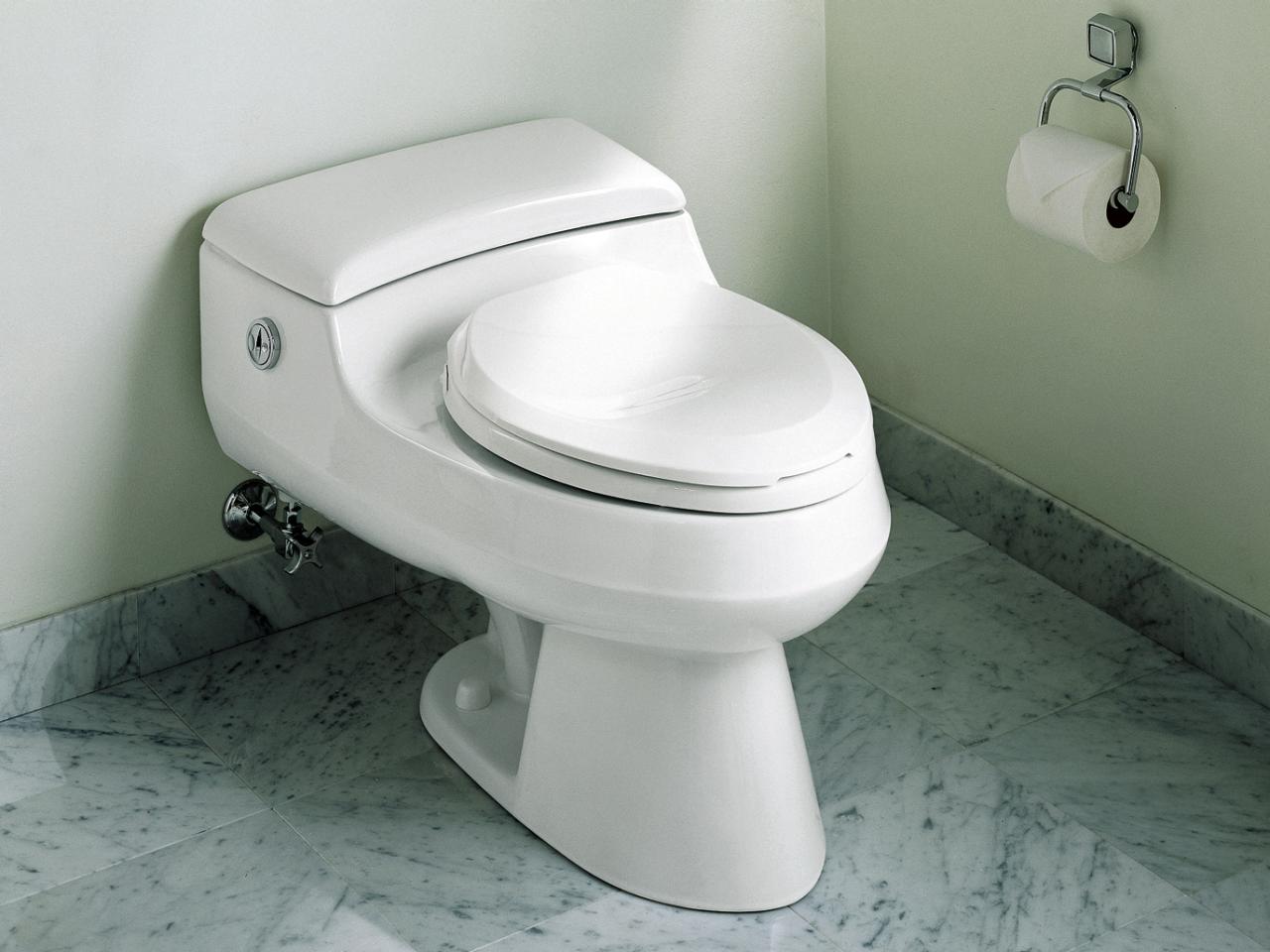
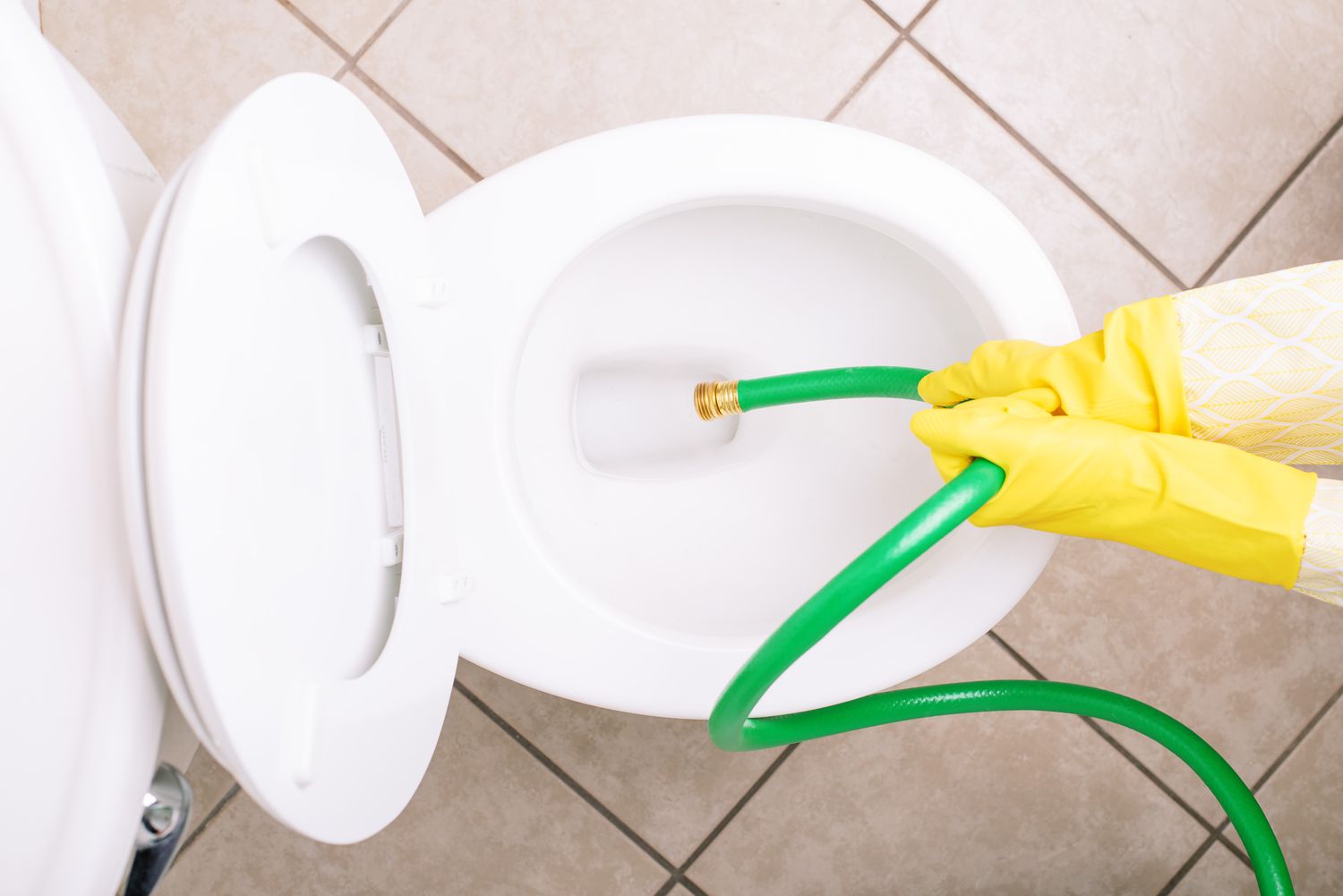
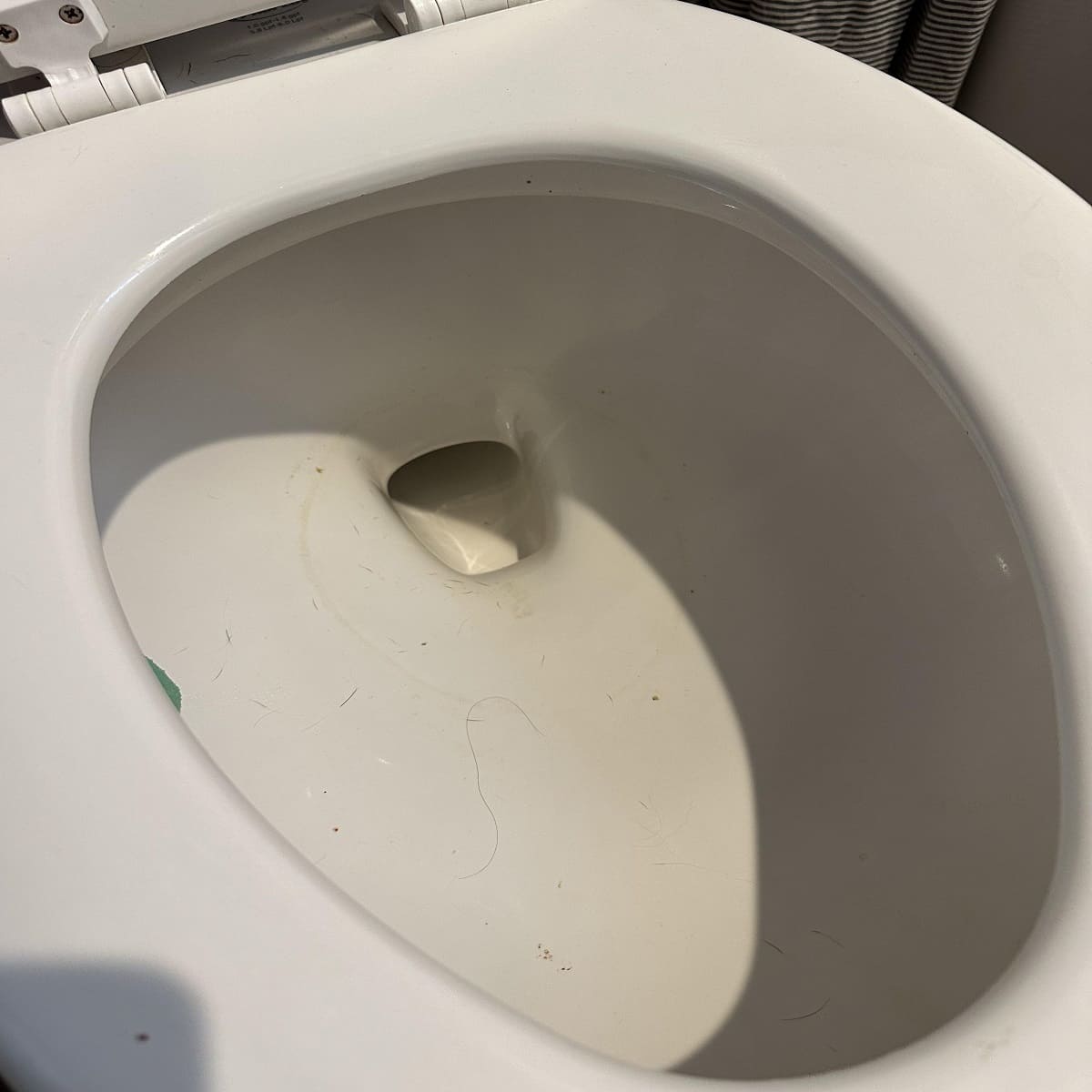
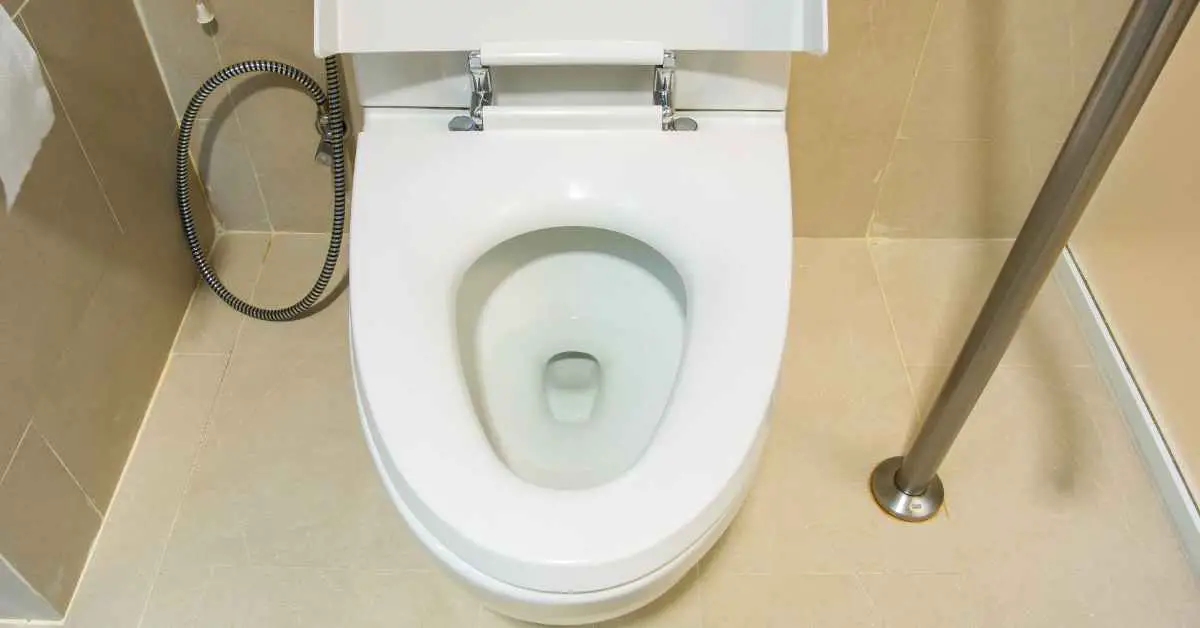
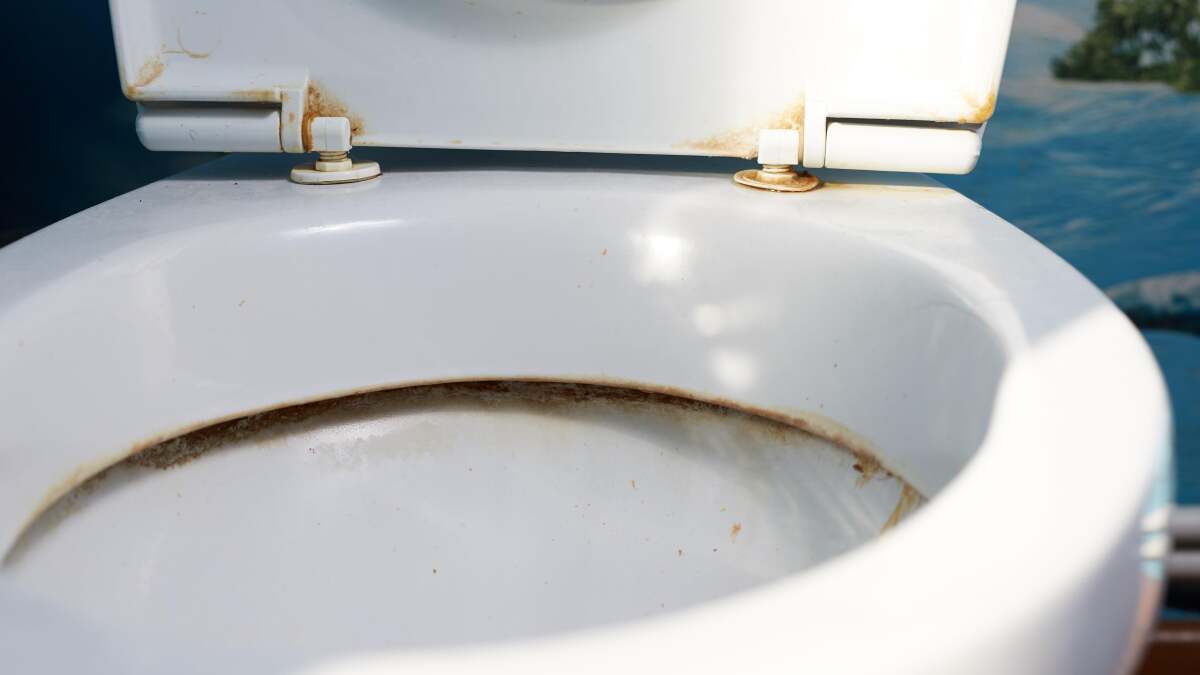
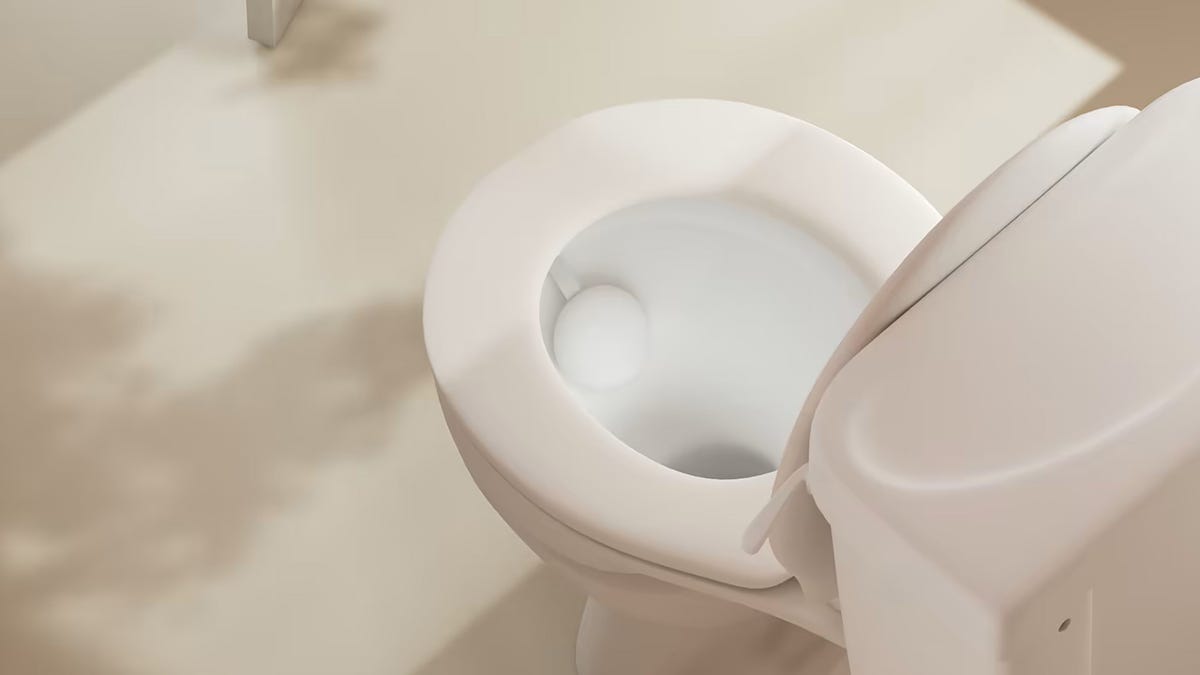
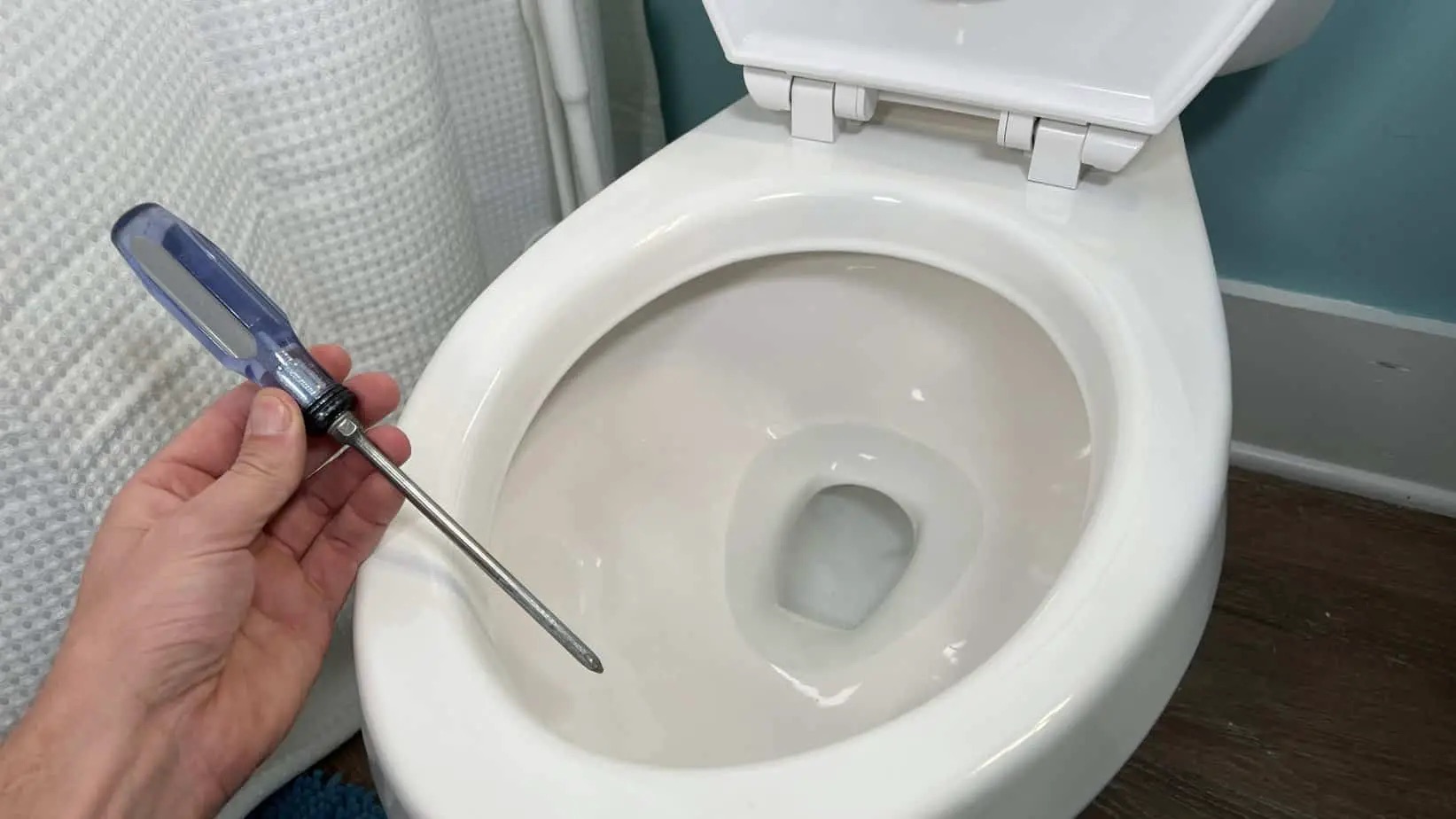
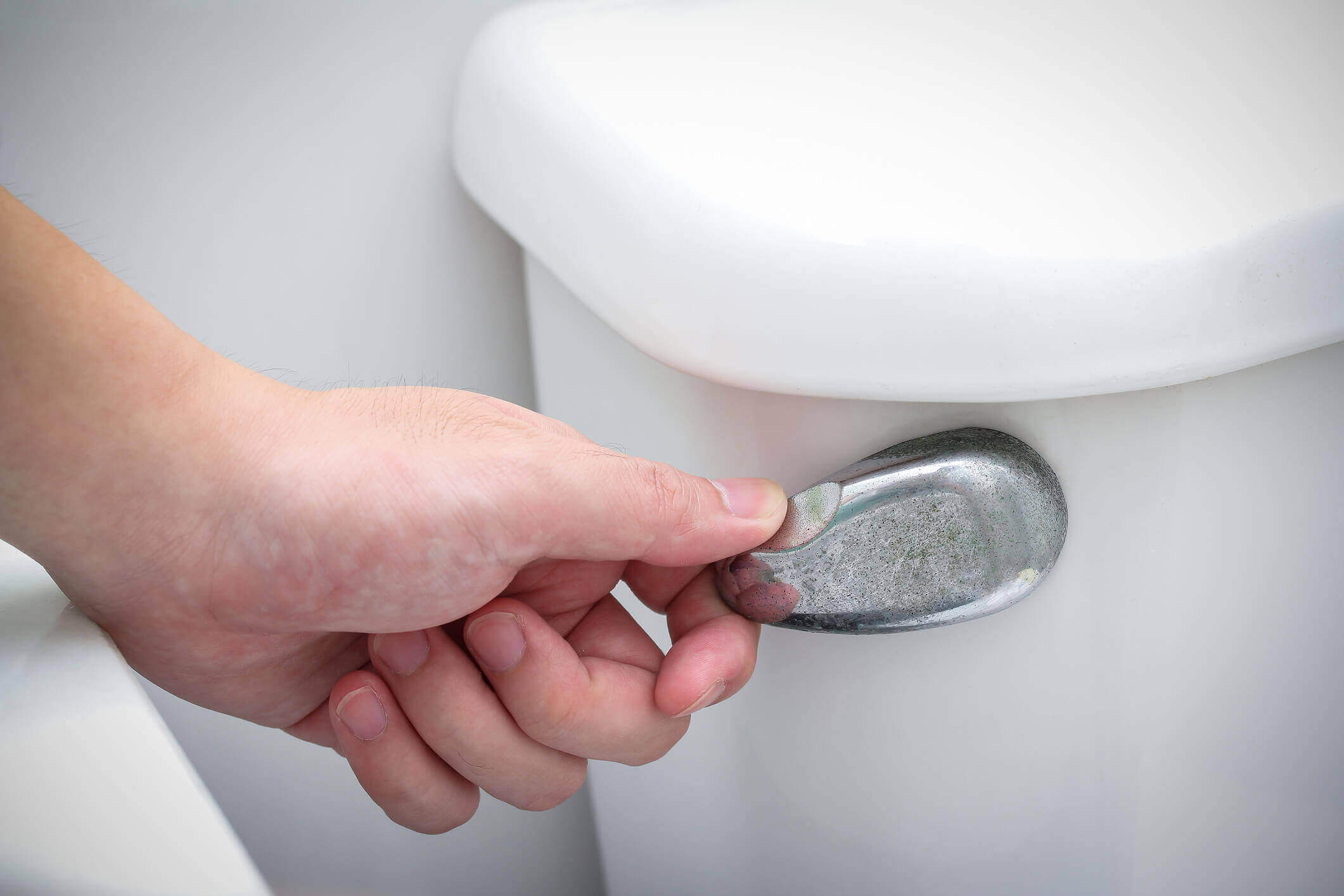
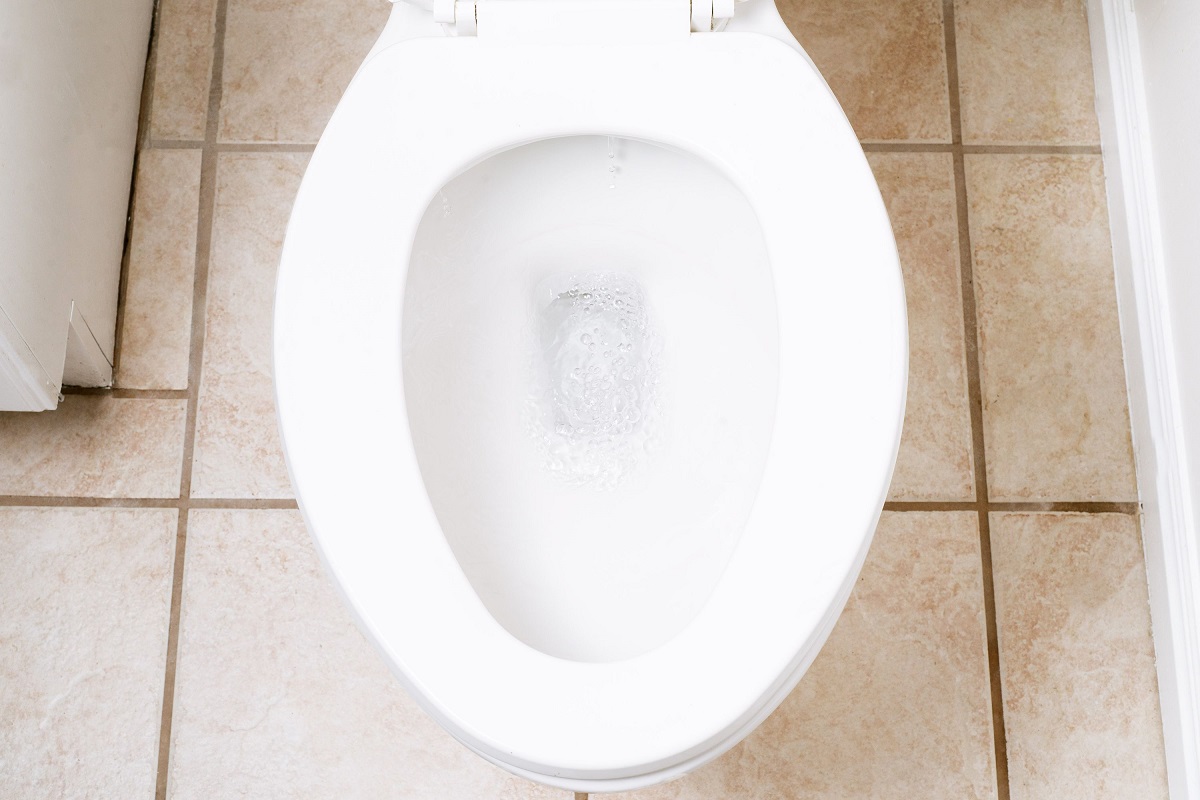
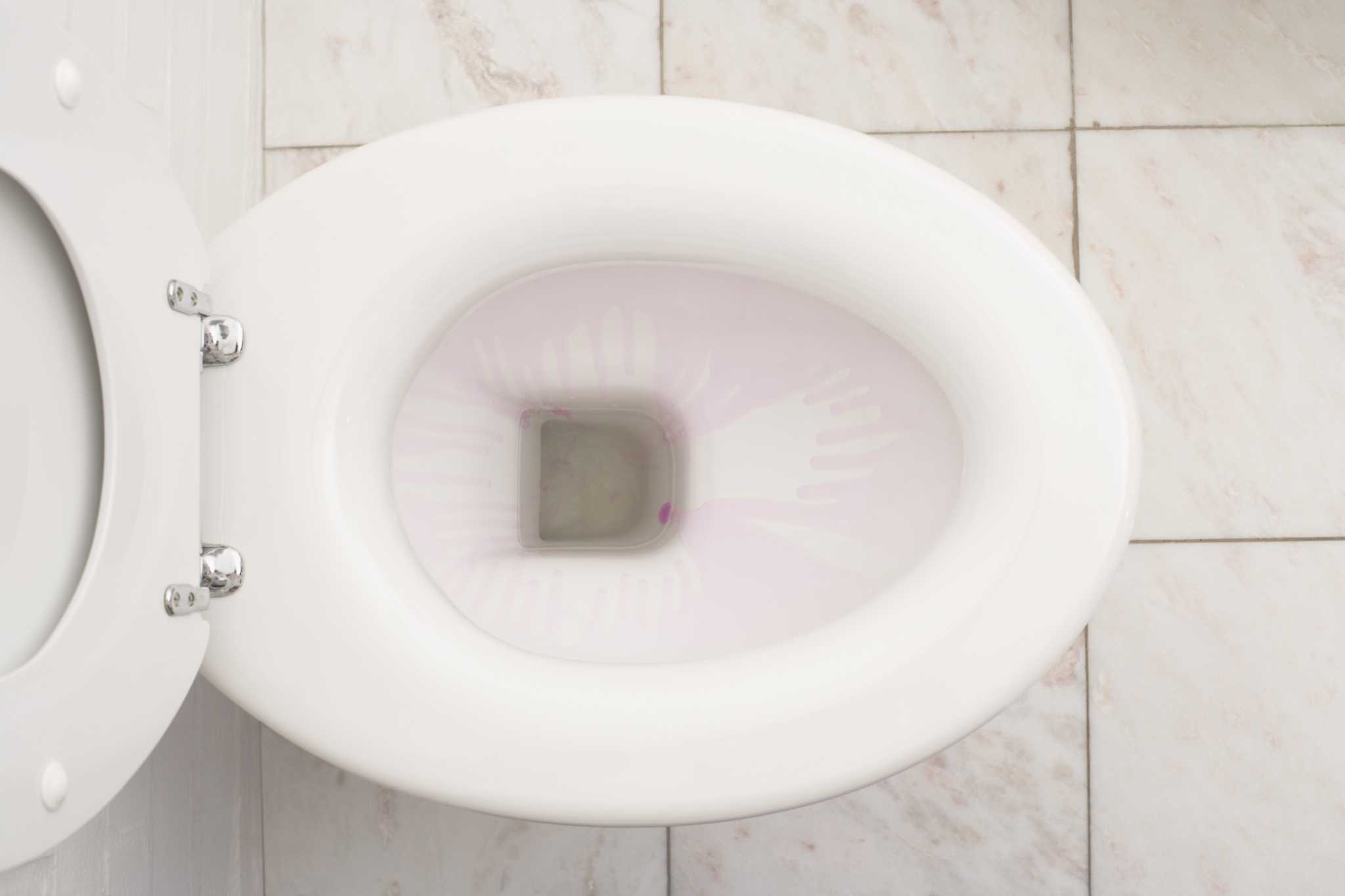
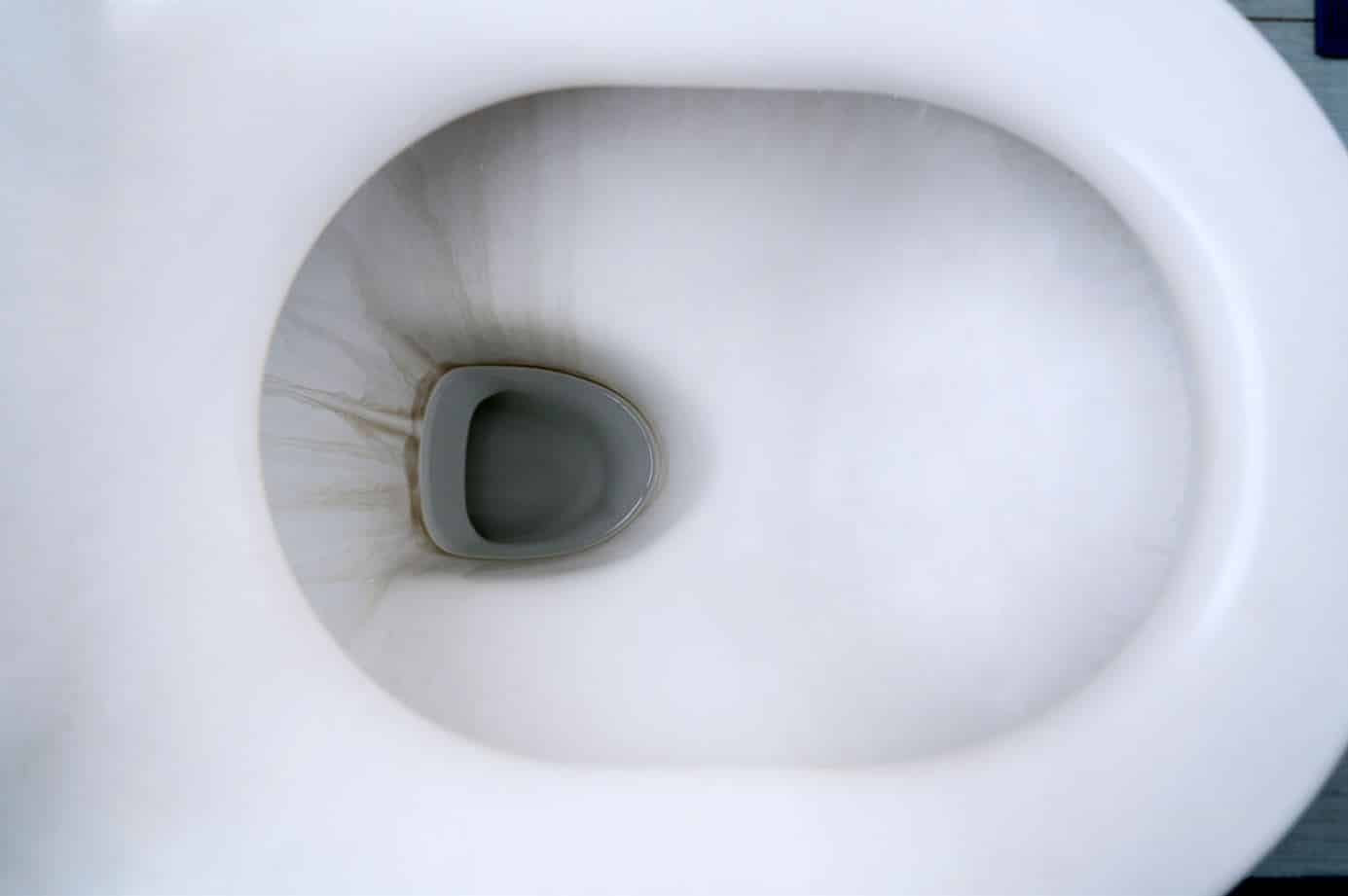

0 thoughts on “How To Adjust Amount Of Water In Toilet Bowl”